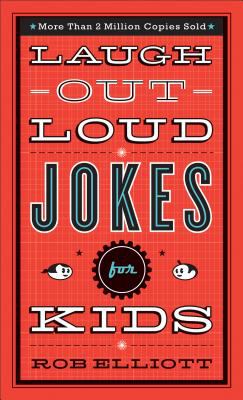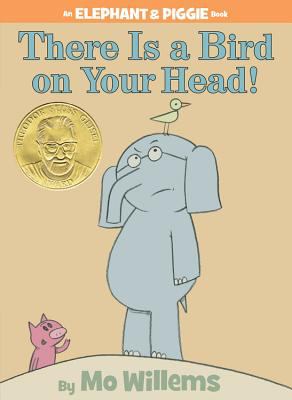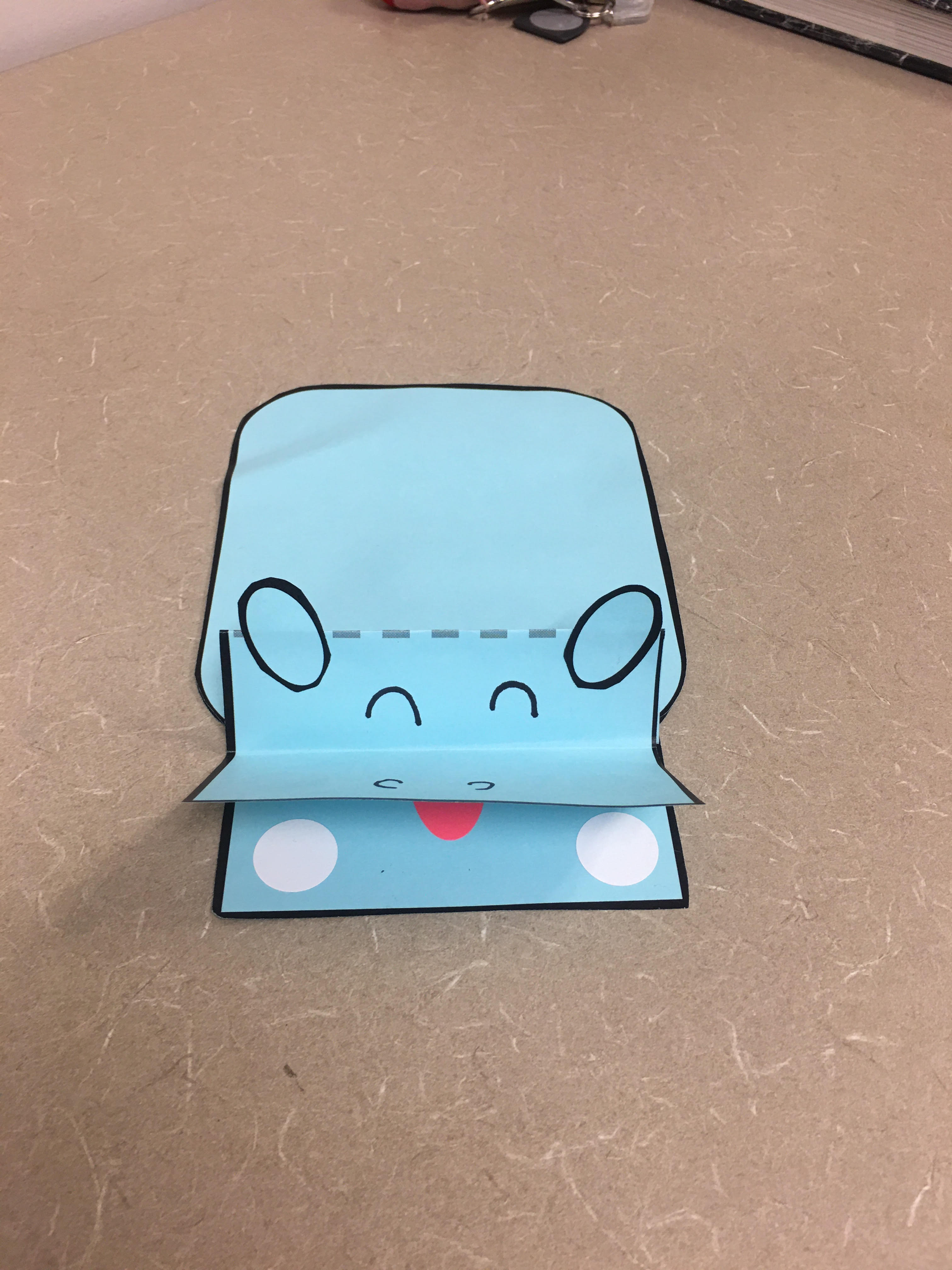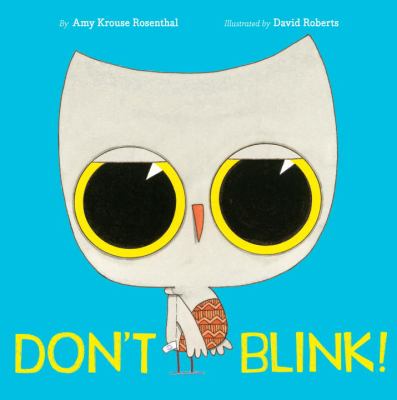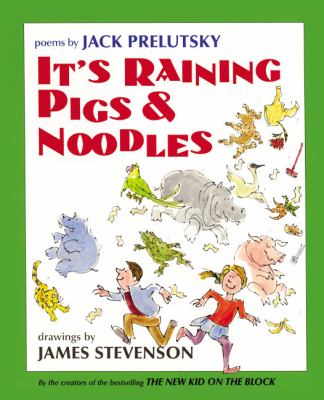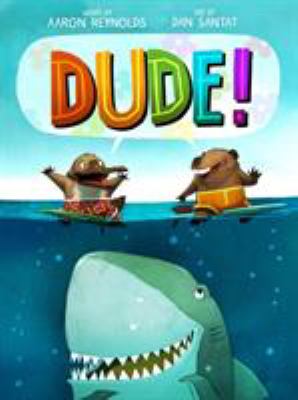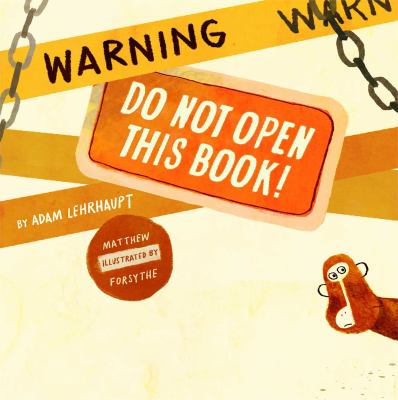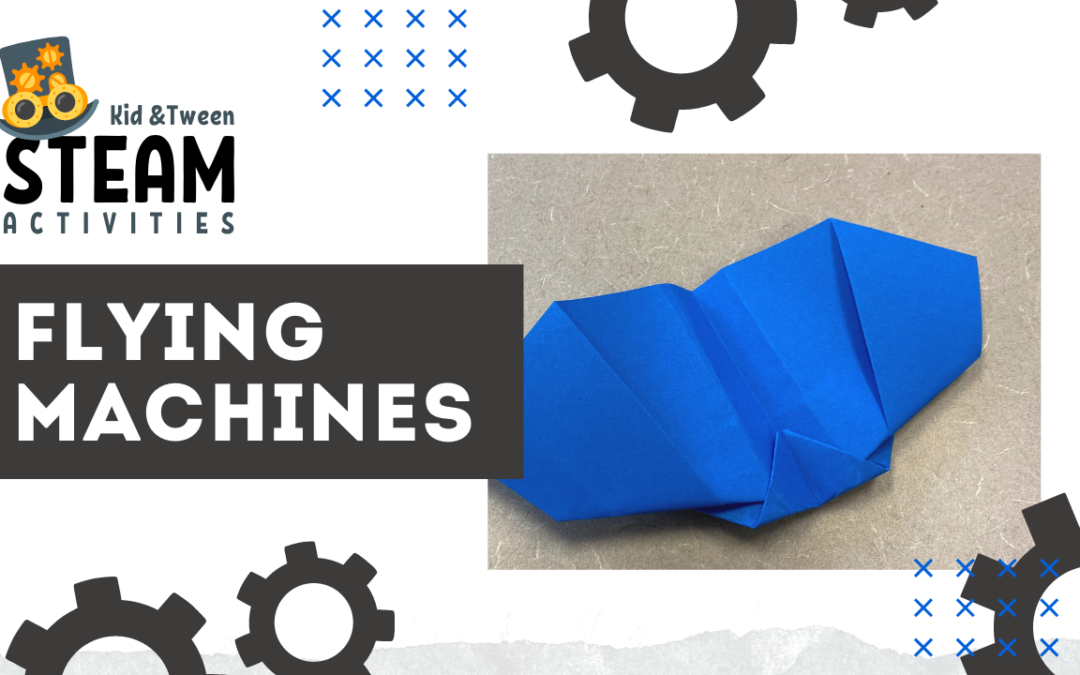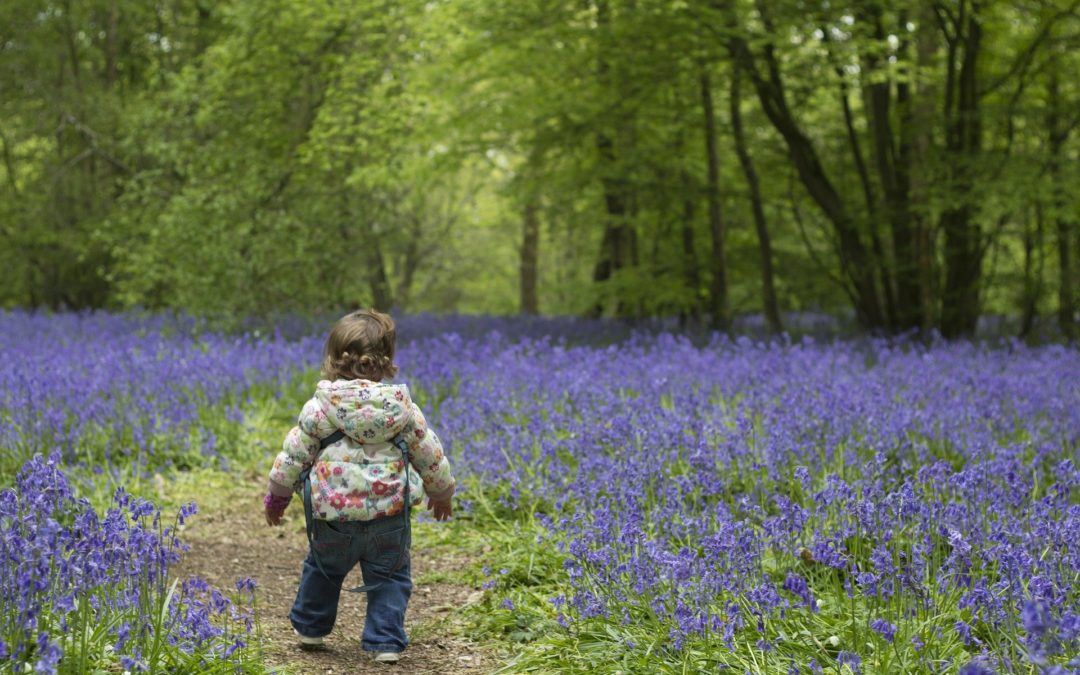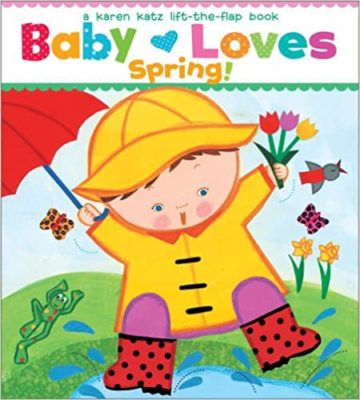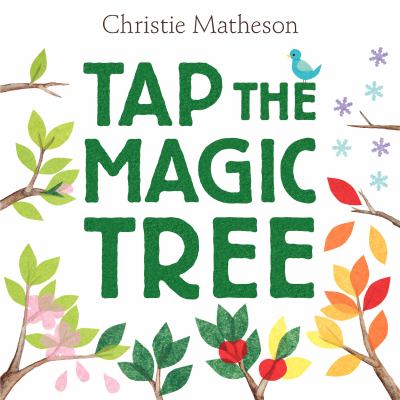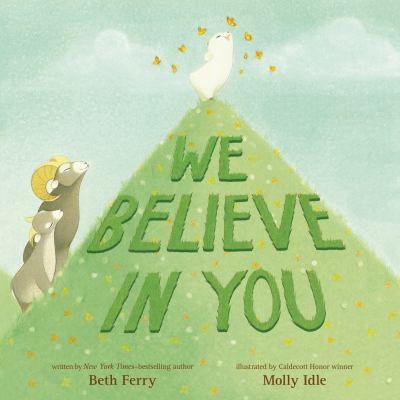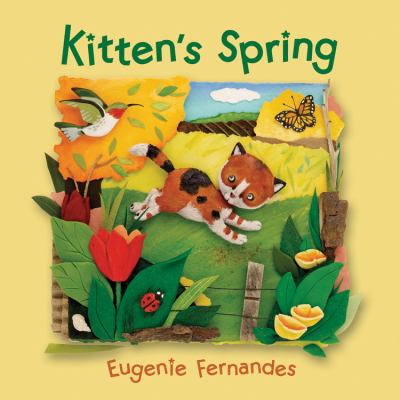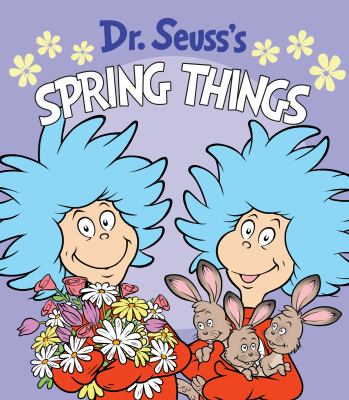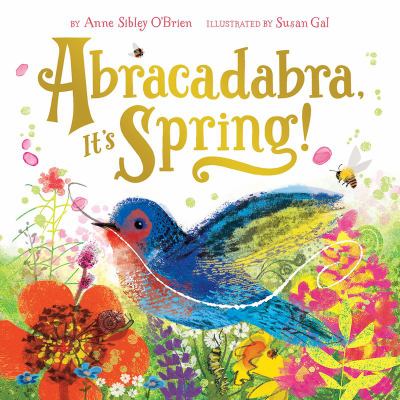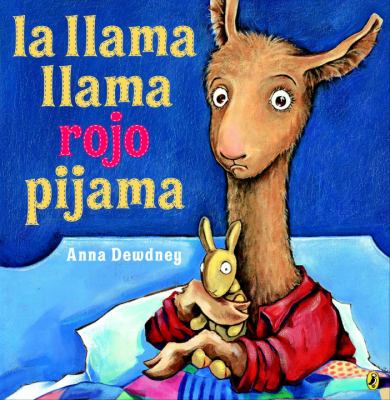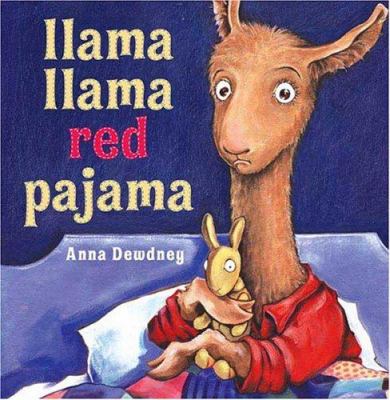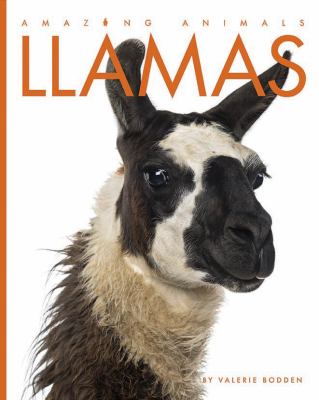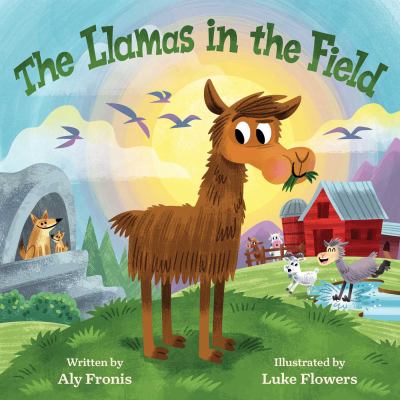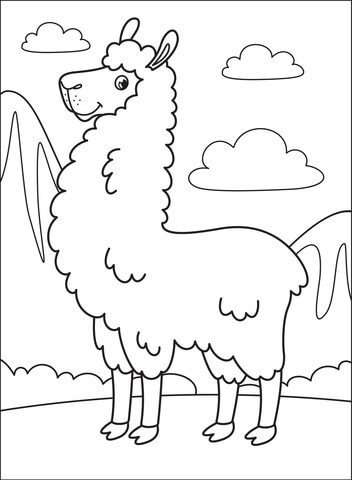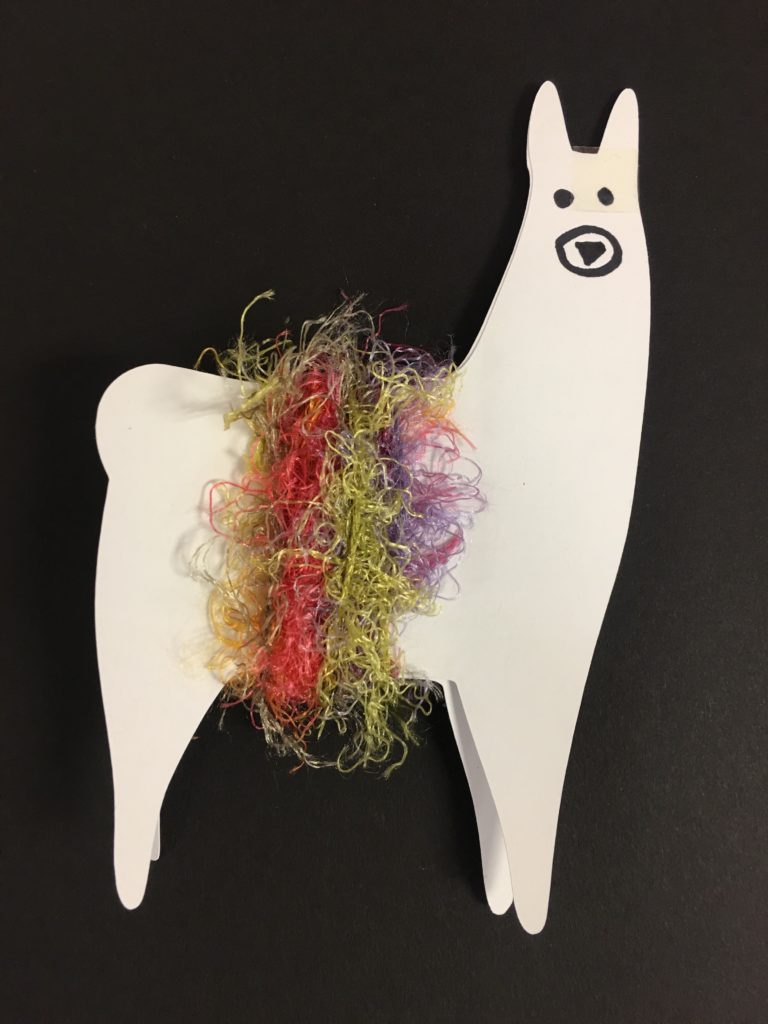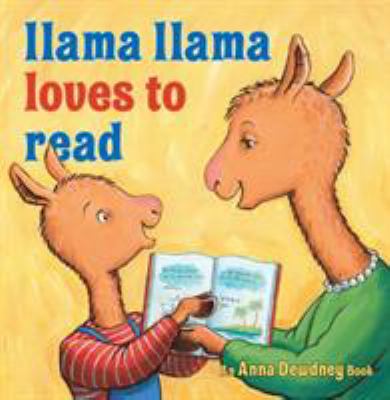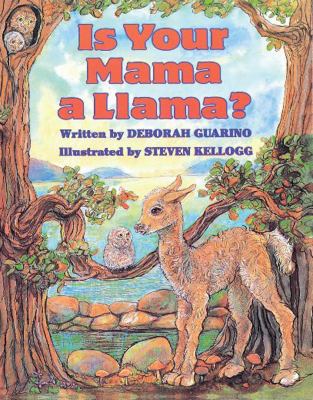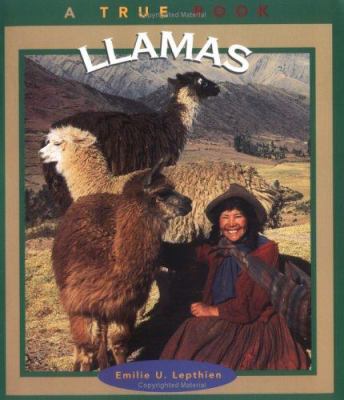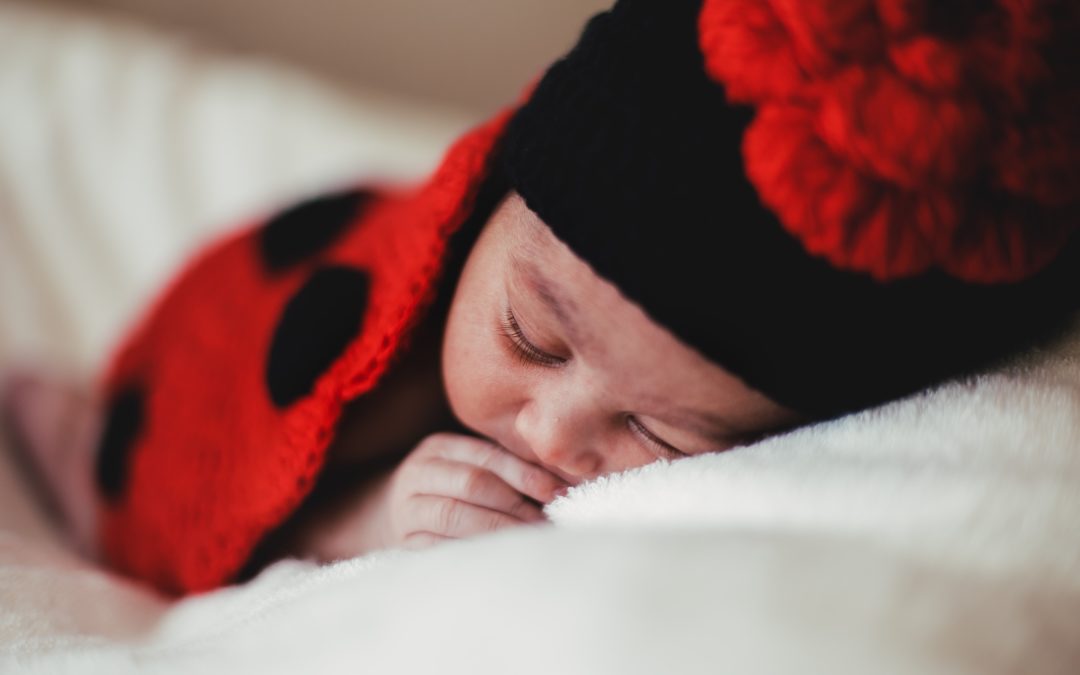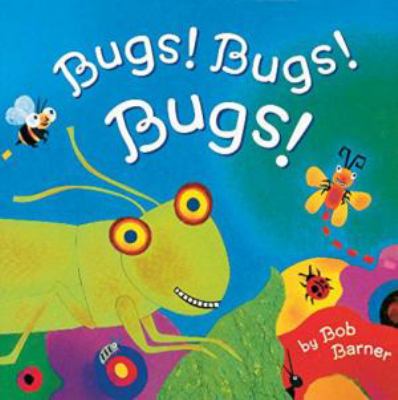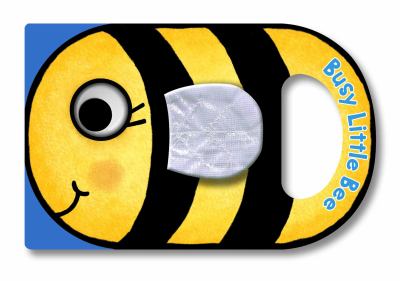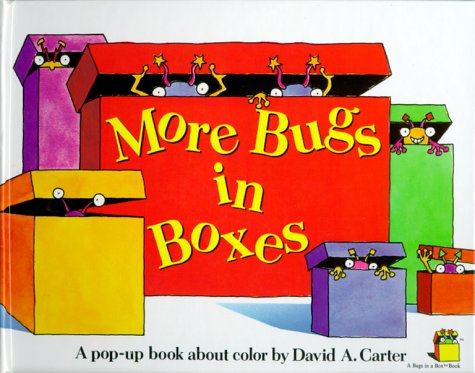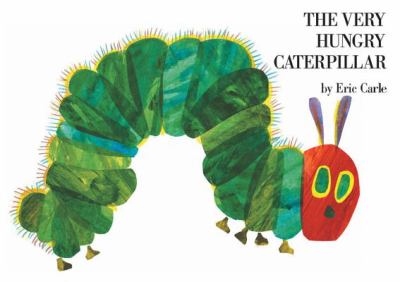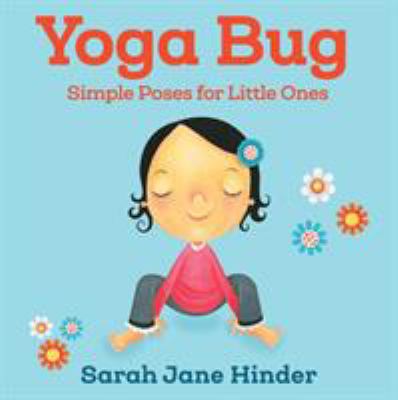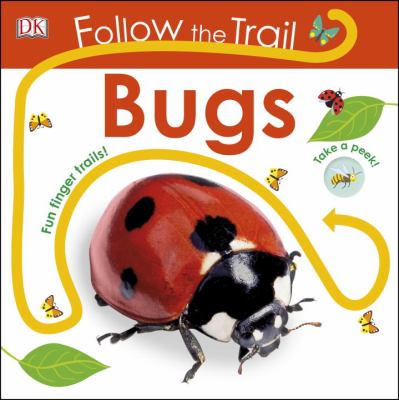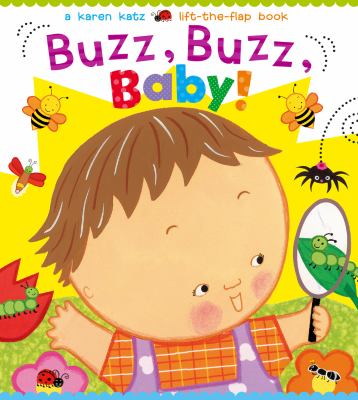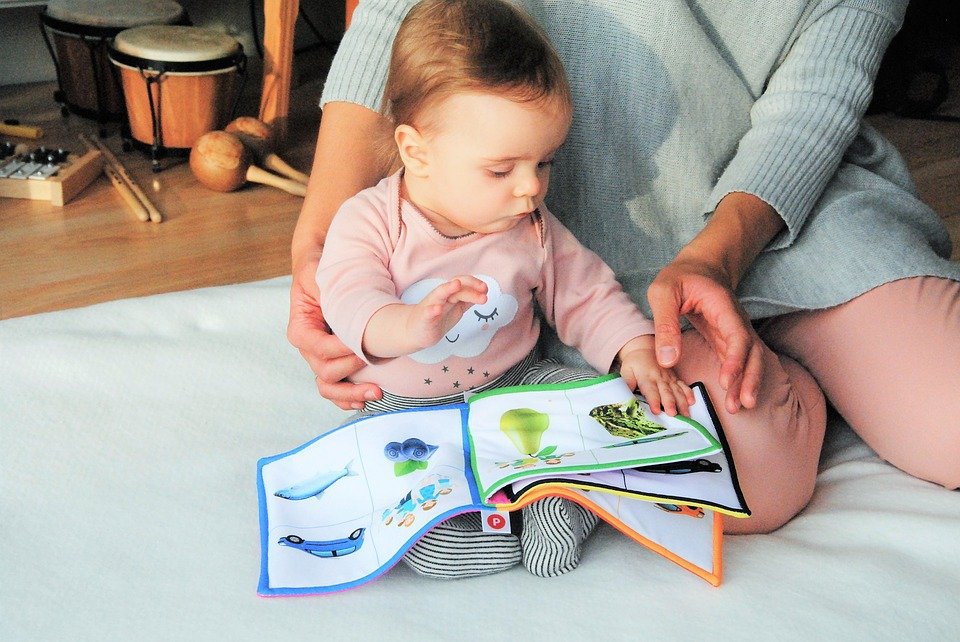
Book Babies: If You’re Happy and You Know It
Book Babies: If You’re Happy and You Know It
Singing a book with your child can be a lot of fun, especially when it’s, “If You’re Happy and You Know It!” Try doing the ASL sign for “happy” as you sing with your child. You can also add other emotions such as “sad”, “hungry”, or “thirsty.”
Join us live Wednesdays at 10:00 AM – Online on Facebook
Ages 2-5
Welcome Songs
Here We Are Together
Here we are together, together, together! Oh, here we are together in our library. There’s (sing names)… Here we are together in our library!
Hello Everybody
Hello everybody let’s clap our hands*, clap our hands, clap our hands. Hello everybody let’s clap our hands today! *pat our head, stretch up high, wiggle our fingers, tickle our knees, kick our feet, bounce up high!
S, T, R, W, P
(Sing while pointing to each finger on your child’s hand.) Sing, talk, read, write, play! Sing, talk, read write, play! Sing, talk, read, write, play! Sing, talk, read, write, play each day!
Sing, Talk, Read, Write, Play
Tip
Even if you can’t sing on key, be sure to sing to your child! Your child is not looking for a concert-quality song; he wants familiar sounds from a person who means a great deal to him. Singing together can be great fun; it doesn’t require and special equipment or cost any money.
Activity
Find a book you can “sing” such as “If You’re Happy and You Know It.” After you read the book, sing the song and do the hand motions with your child.
Books Presented
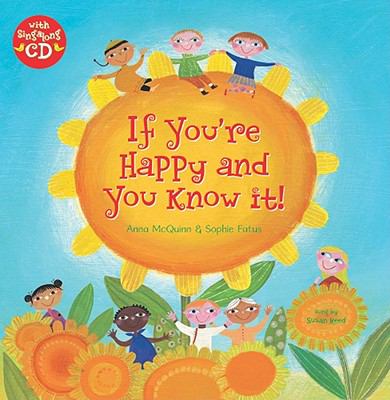
If You're Happy and You Know It! by Anna McQuinn
In this multicultural version of the traditional song, children from cultures all over the world clap their hands, stomp their feet, pat their heads, and much more. The accompanying animated singalong CD continues the interactive fun!

If You're Hoppy and You Know It by April Pulley Sayre
In rhyming text reminiscent of the traditional song, “If you’re happy and you know it,” presents various animals that are hoppy, sloppy, growly, flappy, or slimy, scaly and mean.
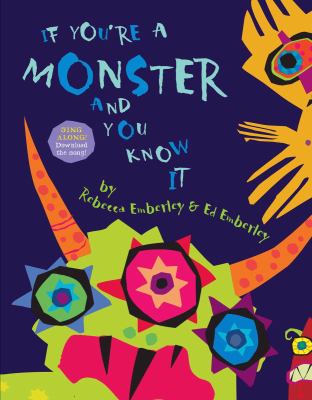
If You're a Monster and You Know It by Rebecca Emberley
Monsters sing their own version of this popular song that encourages everyone to express their happiness through voice and movement.
Songs, Rhymes, and Fingerplays
Bounce: So Early in the Morning
(bounce child on knees – with each new verse
The baby rides, the baby rides. bounce child faster)
This is the way the baby rides,
This is the way the baby rides,
So early in the morning.
This is the way the farmer rides…
This is the way the jockey rides…
Bounce: I’m Bouncing
I’m bouncing, bouncing everywhere, (bounce child on knees)
I bounce and bounce into the air.
I’m bouncing, bouncing like a ball,
I bounce and bounce, then down I fall. (let child slip through knees)
Action Rhyme: Open, Shut Them
Open, shut them, (using hands, suit actions to rhyme)
Open, shut them,
Give a little clap!
Open, shut them,
Open, shut them,
Hide behind your back!
Creep them, creep them,
Slowly upward, right up to your cheek.
Open wide your shiny eyes,
And through your fingers peek.
Open, shut them,
Open, shut them,
Give a little clap!
Open, shut them,
Open, shut them,
Lay them in your lap.
Activities
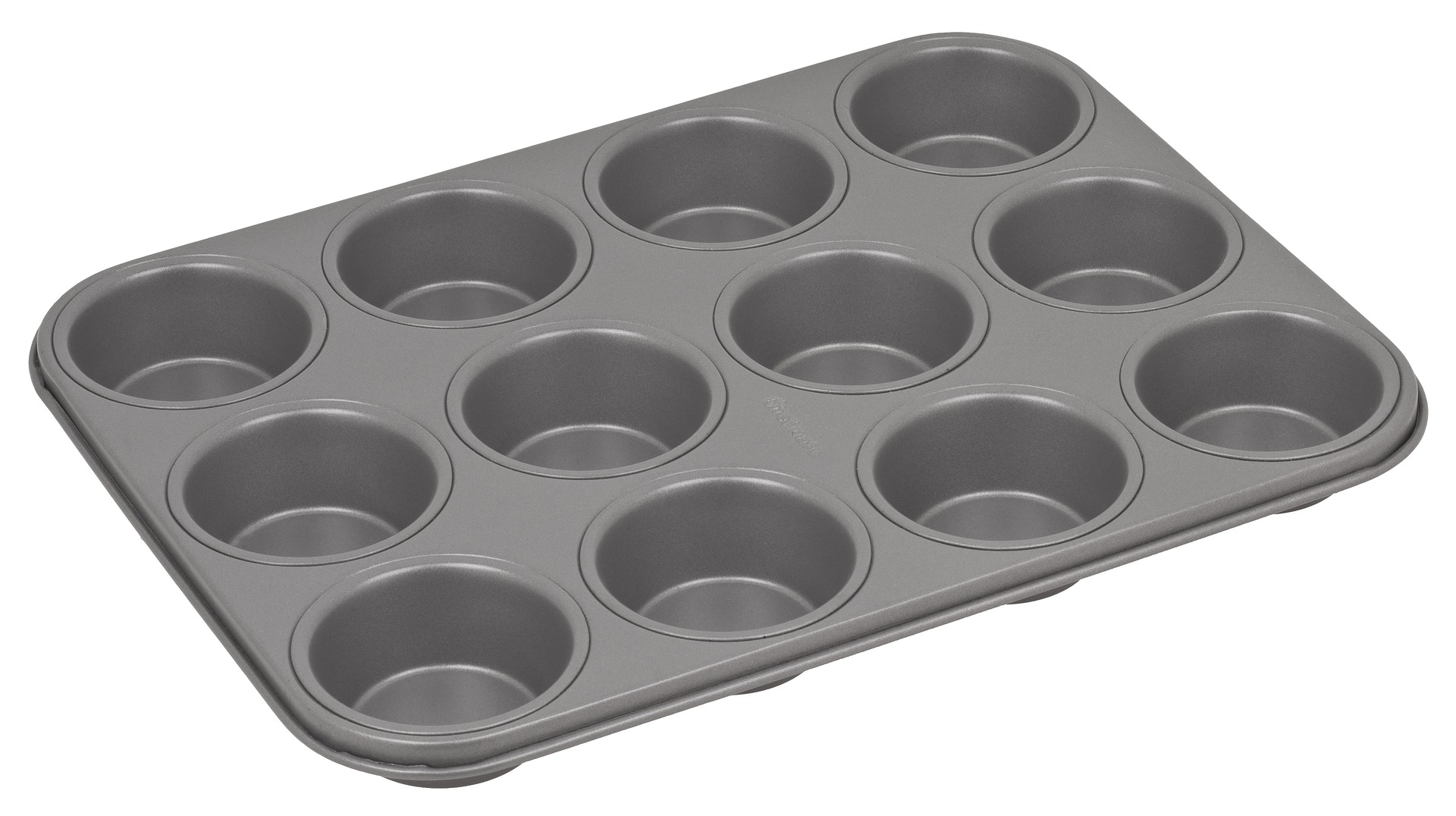
Muffin Tin Play
Pompom Sorting & Patterning — For this activity, grab some pompoms and a mini muffin tray. A regular muffin tray will work, but giant pom poms work great in the mini muffin trays. Create a pattern and encourage your child to copy the pattern in the following row.
• For babies, try ball pit balls and regular muffin tins to work on one-to-one correspondence. Or practice putting small toys in and out of the cups.
• Use a regular muffin tin and sort the pom poms by color into the different cups.
• Add measuring spoons, tablespoons, or tongs to target fine motor skills.
Sign Language
“Happy”
“Thirsty”
“Hungry”
“Sad”
Additional Books
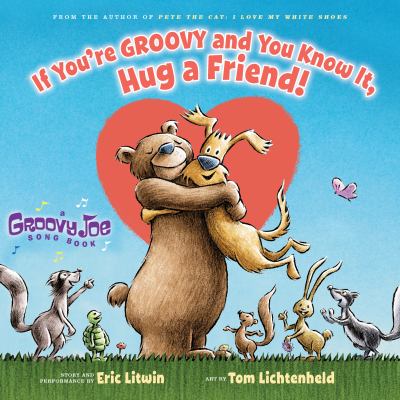
If You're Groovy and You Know It, Hug a Friend! by Eric Litwin
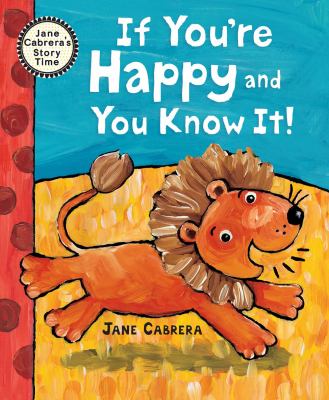
If You're Happy and You Know It! by Jane Cabrera.jpg
An elephant, a monkey, and a giraffe join other animals to sing different verses of this popular song that encourages everyone to express their happiness through voice and movement.


